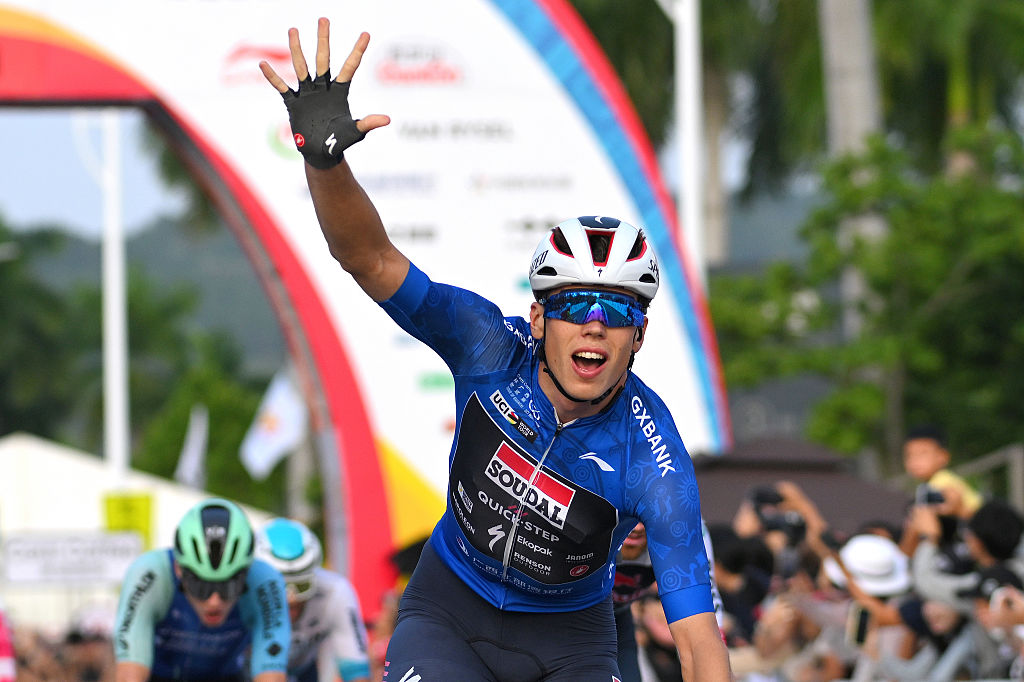Cancellara: To repeat at the Tour of Flanders is to make history
Trek rider wins third Ronde
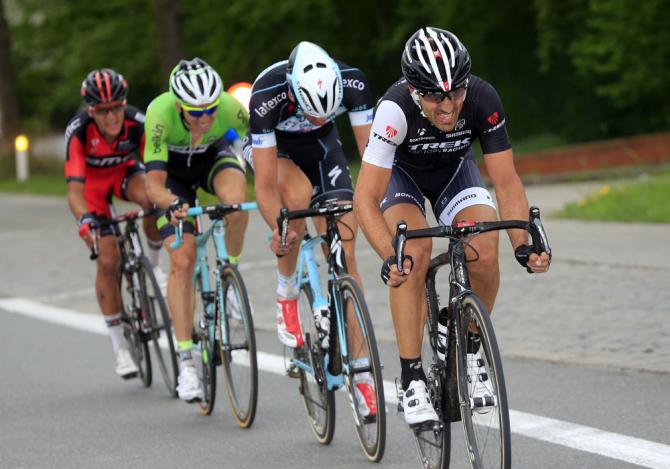
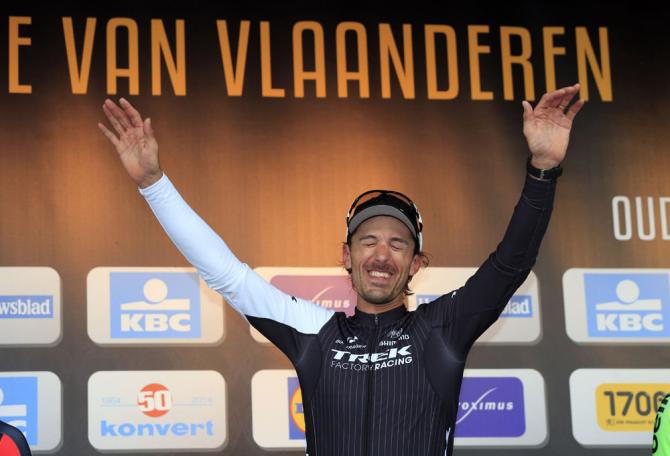
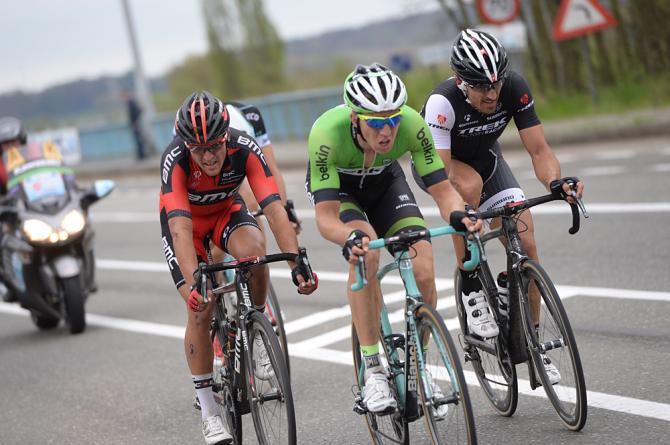
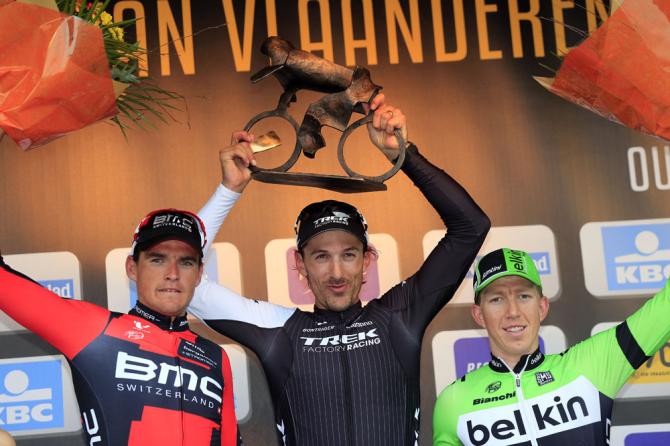
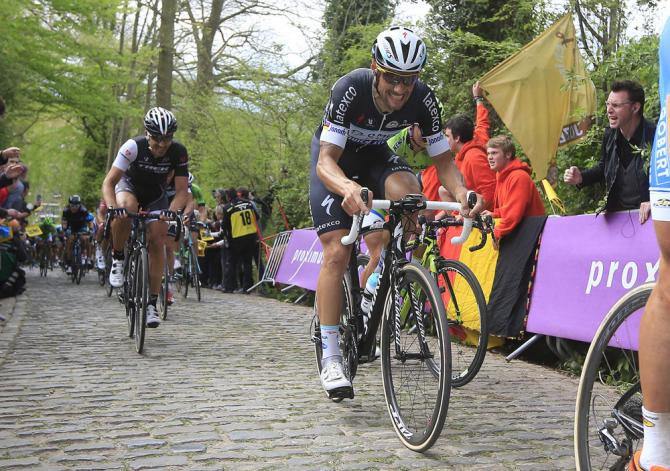
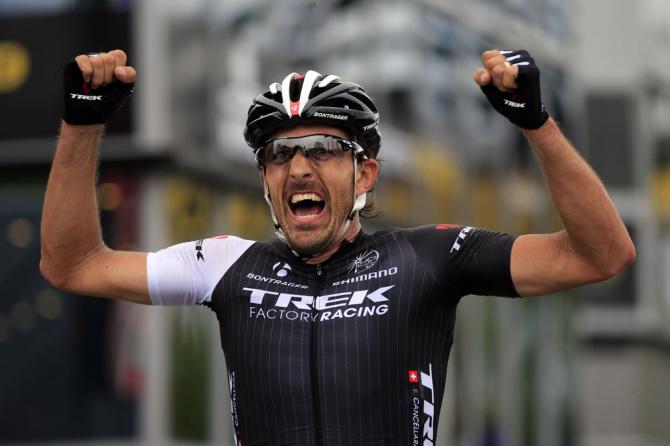
At one point in his career, Fabian Cancellara seemed to be trying to conjure up a performance for the ages every time he pinned on a race number, yet he risked ending up with a palmarès that did not properly reflect how he had marked his own era.
Cancellara won plenty of plaudits for his buccaneering displays at the 2011 Tour of Flanders and Paris-Roubaix, for instance, but when the dust settled on that spring, his running total of monument victories remained at four. A tally beyond the reach of the vast majority of riders, certainly, but hardly commensurate with Cancellara’s endeavours on the cobbles either.
Cycling folklore reserves its longest chapters for the grandest gestures, but over the past two years, Cancellara has gone about ensuring that his name will survive in the record books too. Last April, he won his second Flanders-Roubaix double, and on Sunday, he equalled the record for Ronde wins by claiming his third.
Cancellara had soloed to his previous Tour of Flanders victories, dropping Tom Boonen on the Muur in 2010 and Peter Sagan on the Paterberg in 2013, but this time around, the Trek rider was focused purely on the winning the race rather than looking to add the strongest man contest to boot.
After attacking with Sep Vanmarcke (Belkin) on the Oude Kwaremont, Cancellara bridged to Greg Van Avermaet (BMC) and Stijn Vandenbergh (Omega Pharma-QuickStep) on the Paterberg, before seeing off the Belgian trio with a powerful sprint finish in Oudenaarde.
“Of course I was dreaming and preparing to come to the finish line alone. It didn’t happen but on the end what counts is that you win,” Cancellara said afterwards. “I’ve won two times solo, but winning like this in a sprint is not something I’ve had on my palmarès so often.
“In sport, winning one year is great but to repeat is to make history. I was just so, so grateful and so happy. I need still a few hours more to realise what I did because that was just a crazy day that I tried to enjoy but I couldn’t really enjoy. I had to push pedals and keep going to the finish line.”
The latest race content, interviews, features, reviews and expert buying guides, direct to your inbox!
Considering Cancellara’s previous when it comes to a group sprint with a monument on the line – he missed out in similar finishes at Paris-Roubaix in 2004 and 2008, at Milan-San Remo in 2011, 2012, 2013 and 2014, and at the Tour of Flanders in 2011 – he showed admirable sangfroid in the finale, waiting for the finishing straight and holding his nerve when the quartet slowed almost to a crawl with a shade under 400 metres to go.
“I tried to be cold and I tried not to put too much emotion in because on the end I know that for Sep it was the first time he was in the finish of Flanders going for the victory [Cancellara beat him in a two-up sprint in Roubaix last year], Vandenbergh as well, and for Greg Van Avermaet it was his first time as team leader in a race like this,” he said.
“This is all pressure and maybe there were mistakes. I knew because of the hard parcours that there was not so much energy left. I knew I had just one card I could play because when they attacked twice before the finish, if I’m honest, I almost got dropped.”
Isolated in the finale
Before the race, there was an expectation that Cancellara would be able to rely on his strongest supporting team since his time at Saxo Bank, but Stijn Devolder’s brace of crashes denied him a foil in the finale. When the first major selection took place on the Taaieneberg, he found himself alone with four Omega Pharma-QuickStep riders in a leading group of 13. An earlier iteration of Cancellara might well have viewed attack as the best form of defence at that point, but instead he was happy to stay on the back foot and wait for an opening to develop.
"I was isolated quite early and to the end I had just small support but that’s how sport is, that’s how bike racing is,” said Cancellara. “We said in the meeting, ‘we have to try never to be on the defensive, we have to try to be ahead.’ But I don’t know. The last 40k, I was a lot in defence. But maybe it was the right defence I played.”
The Ronde’s new course, with the Koppenberg shifted closer to the line, altered the character of the race and made for more aggressive fare before the grand finale than in the previous two years. Yet, as was the case twelve months ago, Cancellara made his first significant ripples on the Kwaremont.
In his familiar seated hunch, Cancellara made light work of the uneven sea of cobbles, and only Vanmarcke could match his rate of knots. Boonen, his old adversary, was cast adrift, and Sagan, the coming force, was also floundering.
“I tried to do something on Kwaremont, to see how it goes, and then we moved up to the two riders in the front,” he said. “Maybe on television it looked like I was playing but I was just trying to make sure we came to finish as a group of four, man against man. I was by myself and I had one card to play. I never attacked, I was mostly on defence.”
Following the late Fiorenzo Magni, who earned the moniker the Lion of Flanders for his hat-trick in 1949, 1950 and 1951, Cancellara is only the second non-Belgian to win the Tour of Flanders three times. He politely rebuffed the idea, however, that he was the new lion.
“No, I’m the Spartacus of Flanders,” Cancellara said. “I have my nickname.” And now, it seems, he has his place in history.

Barry Ryan was Head of Features at Cyclingnews. He has covered professional cycling since 2010, reporting from the Tour de France, Giro d’Italia and events from Argentina to Japan. His writing has appeared in The Independent, Procycling and Cycling Plus. He is the author of The Ascent: Sean Kelly, Stephen Roche and the Rise of Irish Cycling’s Golden Generation, published by Gill Books.
